Having the ability to make homes not just functional, but also visually appealing, is an art in itself and it greatly depends on one’s understanding of home decor styles. If the phrase ‘Home Decor Styles’ feels a bit overwhelming or unfamiliar, this article is designed to simplify it for you. We will embark on an exploration of varied decor styles ranging from Modern, Industrial, & Nautical to Scandinavian, Bohemian, Farmhouse, and Urban Modern styles, among others. More than just labeling these styles, our goal is to broaden your perspective about them and help you choose and implement an appropriate style that speaks to your personal taste, matches your lifestyle, and compliments the architecture and size of your home.
Understanding Different Home Decor Styles
Modern Style
Modern decor style originated in the 20th century and it’s characterized by a neutral color palette with primary colors used as accents. This style focuses on simple, clutter-free, and functional spaces. Furniture tends to be clean-lined and streamlined, with pieces often made of materials like steel, glass, and chrome for a sleek, minimalistic look.
Industrial Style
Industrial style, also known as urban style, is inspired by loft living and urban warehouses. It incorporates exposed elements like brick, concrete, and pipes, often featuring a neutral color scheme of grays and browns. Furniture is typically larger-scale and is made from raw, unfinished materials such as metals, woods, and leathers. This style creates an open, spacious feel which is often complemented with vintage accessories and industrial lighting.
Nautical Style
Nautical style is all about creating a relaxed, sea-inspired atmosphere. This style uses light, airy color schemes with blues and whites dominating. Furniture is often distressed or painted, with a preference for wood and rattan pieces. Decorative elements like seashells, ropes, and marine animal motifs are commonly used in a nautical decor to create a coastal, beachy vibe.
Scandinavian Style
The Scandinavian style, originating from the Nordic countries, is known for its simplicity, functionality, and minimalism. It features a neutral color palette, often paired with pops of pastels or bright hues. Natural materials such as wood, fur, and leather and clean-lined, modern furniture are staples of this style. Accent decorations are carefully curated with a less is more approach.
Bohemian Style
The bohemian or “boho” style is characterized by its carefree, eclectic, and artistic elements. Bold use of patterns, textures, and colors is a hallmark of this style, with an emphasis on globally-inspired patterns and designs. Furniture tends to be collected over time from various sources, resulting in a mix-and-match, layered look. Bohemian decor often includes plants, books, and unique, whimsical accessories.
Farmhouse Style
Farmhouse style is a warm, cozy, and relaxing style that is inspired by country living. Comfort and practicality are at the forefront of the style, with a neutral color palette of warm whites and beiges offset by rustic elements such as distressed wood and vintage-inspired accessories. The farmhouse style often features open shelving, large furniture pieces, and a cozy, inviting atmosphere.
Exploring Urban Modern Style
The Urban Modern design is a decor style that effectively combines components of modern aesthetics, industrial influences, and bohemian touches to form an exceptionally unique, contemporary visual appeal. This design configuration includes both high-end and more affordable elements, sleek clean lines, and smooth finishes. These are all conjoined with an eclectic array of accessories, as well as the addition of a hint of glamour. The result is a refined and cosmopolitan look that is perfectly suited to a city domicile.

Choosing the Right Home Decor Style
Getting to Know Home Decor Styles
The world of home decor is vast, accommodating an array of styles. Each one can be identified by specific characteristics, color schemes, materials, and practical techniques. The range of popular styles is broad and includes the likes of traditional, modern, rustic, farmhouse, bohemian, minimalist, among others. A traditional style, for instance, may incorporate the use of dark wood furniture and fabrics rich in color. Conversely, a modern design style is defined by clean lines, uncomplicated color palettes, and the use of metal accents. Thus, gaining the ability to identify the distinct attributes of each style becomes an invaluable tool when determining which aligns with your preferred aesthetic preferences and your lifestyle.
Consider the Home’s Architecture
The architecture of a home can often dictate or inspire the decor style. Understanding the architectural elements of the building will help guide your decor choices. For example, a home with lots of natural light, expansive windows, and sleek lines may lend itself well to a modern or minimalist style. On the other hand, a home with exposed beams, brick walls, and hardwood floors might lean towards rustic or industrial decor.
Think About Your Lifestyle
It’s important to consider your lifestyle when deciding on a home decor style. If you have young children or pets, choosing a more casual, comfortable style like farmhouse or rustic could be a better fit than the more delicate and formal traditional or the minimalistic, less kid-friendly modern style. If you frequently host dinners or cocktail parties, your living and dining areas may benefit from a more upscale decor style.
Reflect on Your Personal Aesthetic
Your decor style should be a reflection of your personal taste. Create a vision board with images you are drawn to and try to find common elements amongst them. These might hint at what styles you prefer. Maybe you lean towards bright, warm colors, eclectic patterns, and lots of textures – that might suggest a boho or eclectic decor style. Or perhaps you gravitate to neutral tones, sleek furniture, and minimal clutter, hinting at a preference for minimalism or modern style.
Mixing and Matching Decor Styles
While sticking to one decor style can create a cohesive look, mixing and matching different styles can result in a uniquely personalized space. This is often referred to as ‘eclectic’ style. The key is to create harmony between different elements. One way to go about this is by choosing a baseline or dominant style and then incorporating accents or pieces from another style. This way you’ll avoid creating a space that feels disjointed or chaotic. It’s a delicate balance, but when achieved, it can result in a dynamic and visually intriguing home environment.
Adopting Trends
Although trends can be exciting and bring fresh ideas to the table, it’s important not to get too carried away by them. Trying to follow every new trend might result in a home that feels impersonal or dated after a while. It’s better to stick with timeless basics for large, expensive pieces and incorporate trends in small, affordable ways like throw pillows or wall art, so you can change them easily when you wish.
Starting this journey, remember that these suggestions act merely as guidelines to uncover your interior decor style – they don’t have to be treated as rules. Ultimately, the best home decor style is one in which you feel utmost comfort and joy. After all, your home is your sanctuary, a place that should echo your personal character and lifestyle.
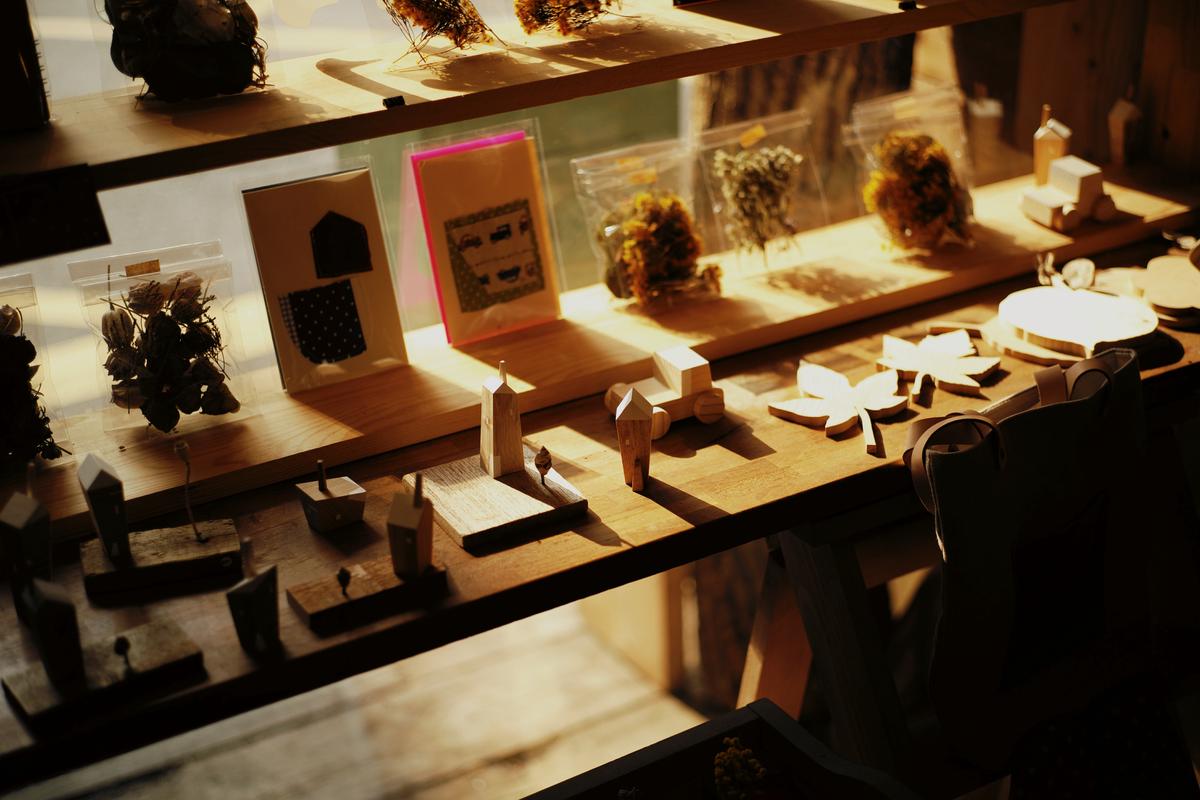
Implementing Your Chosen Home Decor Style
Deciding on a Color Palette to Complement Your Decor
Picking the right color scheme is a crucial step towards embodying your desired home decor style. The colors you choose can dramatically influence the overall mood and ambiance of your space. Consistency is key here, so you may want to choose a base of principal colors, with a handful of secondary, accent colors for some diversity. For example, for those leaning towards a minimalist style, colors like white, grey, and beige often take precedence, while a Bohemian style usually features a much more vibrant, earthy color palette.
Selecting Furniture That Matches Your Decor Style
Furniture plays a pivotal role in setting your home decor style. If you’re going for a modern look, furniture with clean lines and neutral colors might be ideal. On the other hand, antique furniture may be perfect for a vintage decor style, while handcrafted pieces would give a rustic look. Regardless of the style, it is crucial to select functional, comfortable and durable furniture.
Decoration Items for Your Style
Decoration items or accessories are the finishing touches that embody the essence of your home decor style. These can include rugs, throw pillows, wall art, mirrors, plants, and more. A modern style, for example, would use minimal decoration items with bold geometric designs, while a vintage style might opt for classic items with a touch of nostalgia.
Incorporating Lighting in Your Decor Style
Lighting significantly contributes to the ambiance and functionality of your space. It is as much a part of your decor as your furniture or colors. For instance, a contemporary style may use lots of natural light complemented by sleek, metal light fixtures, while a rustic style might use warm lighting with wooden or wrought-iron fixtures.
Maintaining Consistency of the Style Throughout Your Home
To maintain a consistent look throughout your home, it’s essential to stick to the base elements of your chosen decor style. Having an overarching theme does not mean that every room should look exactly the same, but they should feel cohesive. You can achieve this by using the same color palette, furniture style, or decoration items throughout the different spaces in your home.
Balancing Aesthetics and Functionality in Home Decor
It’s important not to sacrifice functionality for aesthetics in home decor. Your living space needs to be not only visually appealing but also comfortable and practical for daily activities. For instance, in a minimalist style, this can be achieved by choosing furniture with multiple purposes or concealed storage options.
Case Study: Expressing Scandinavian Decor Style
For example, a Scandinavian decor style is defined by a blend of textures, contrasts, and soft hues. From the color palette, the use of whites and cool shades such as blue and grey dominates the space. The furniture is typically functional and simple with clean lines, often made from wood. Decor pieces include natural elements like woolen blankets and indoor plants. The lighting is both functional and atmospheric, typically featuring floor and table lamps with simple designs.
This case study emphasizes the practical ways through which you can express a chosen home decor style at home, sticking to unique color palettes, furniture, decoration items, and lighting that correspond to the style, as well as maintaining the consistency throughout the living spaces.
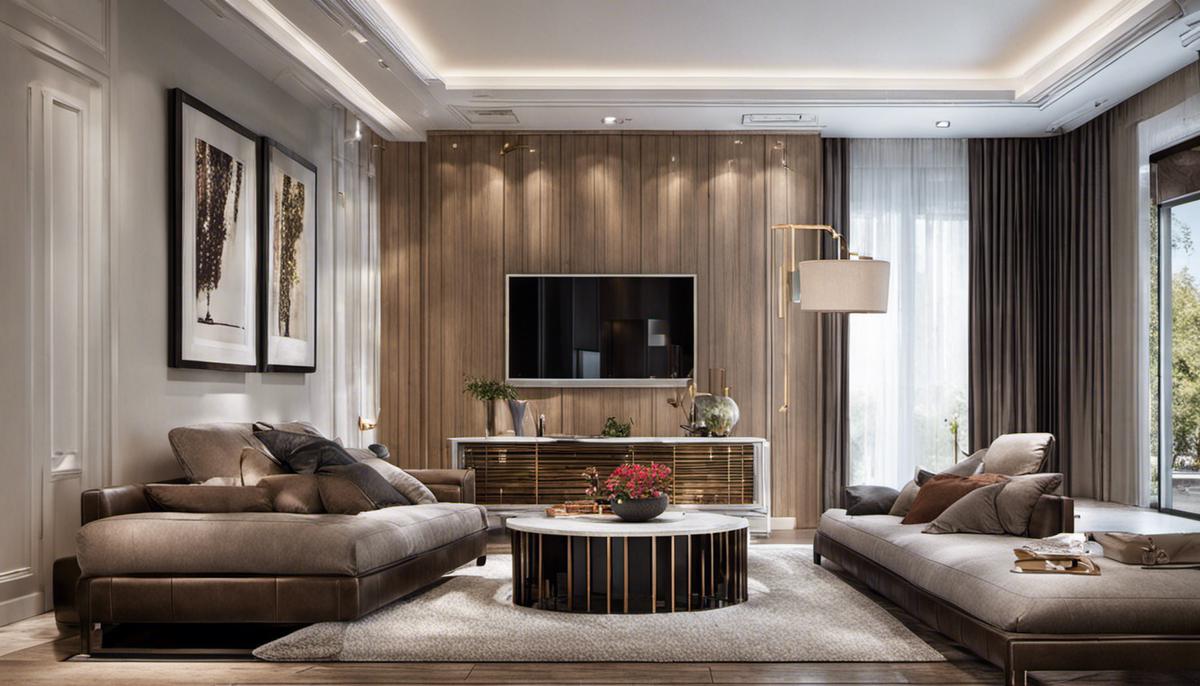
Home decoration doesn’t have to be a challenging task. Once you acquaint yourself with the ins and outs of different styles, understand their origins, unique characteristics, and the ambiance they can create, every corner of your home could be a representation of your personal aesthetic and your lifestyle. Moreover, when you are aware of how to strike a balance between aesthetics and functionality, you can easily create living spaces that are not just visually appealing, but also cater to your everyday needs. Beyond following one rigid style, don’t shy away from mixing and matching different styles. Remember, your home should tell a story of who you are, and the best author for that story is you.

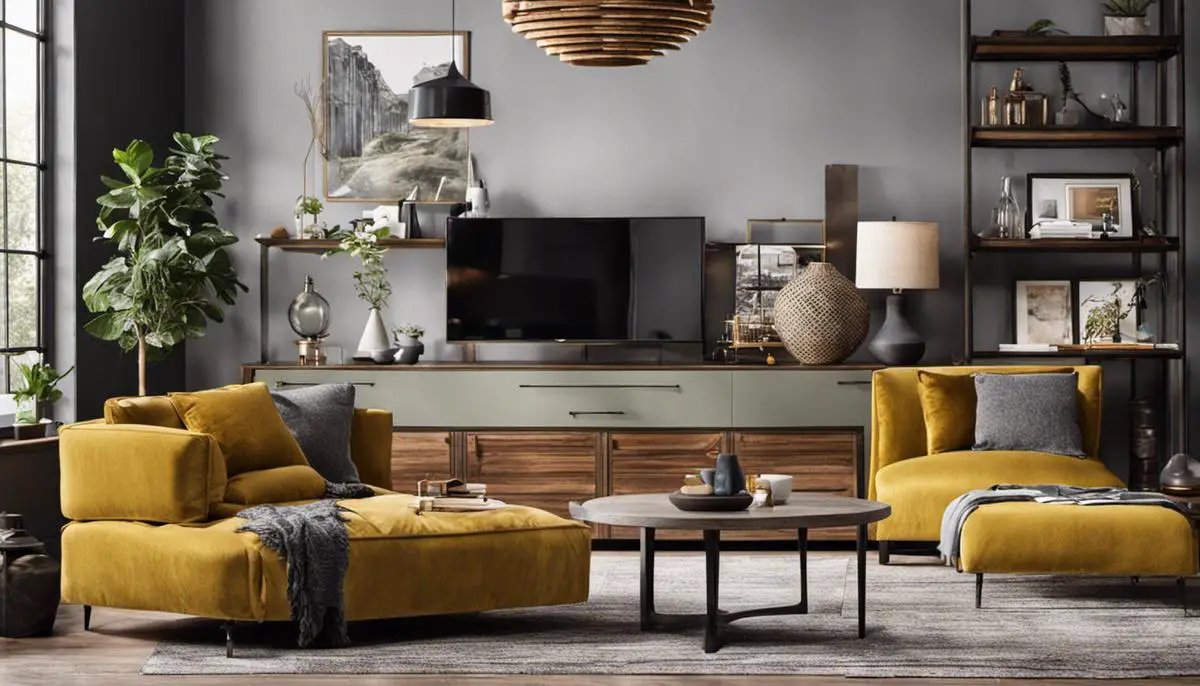
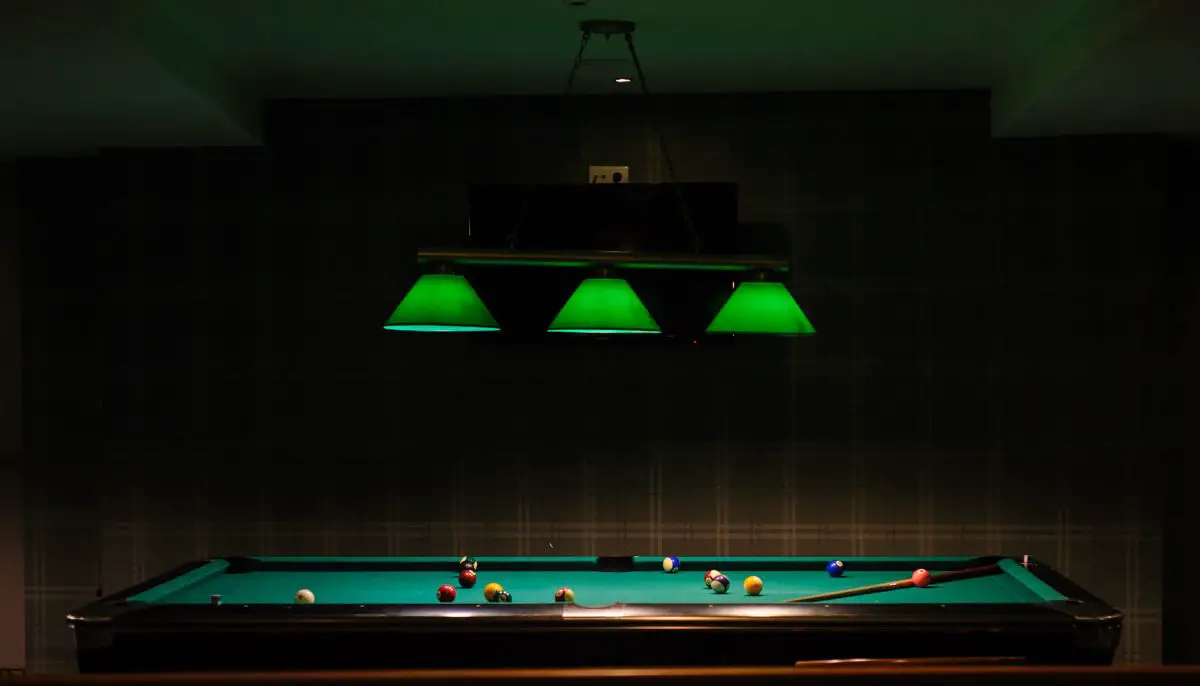

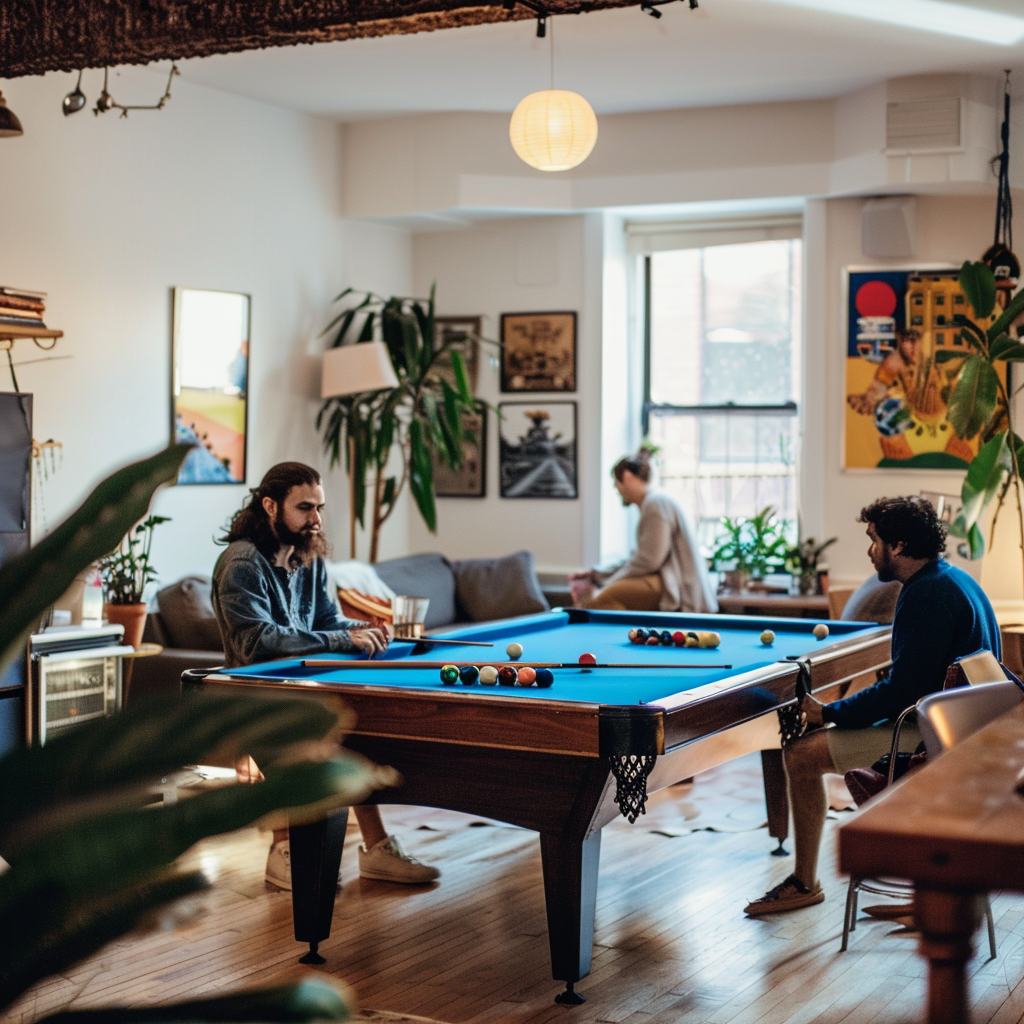


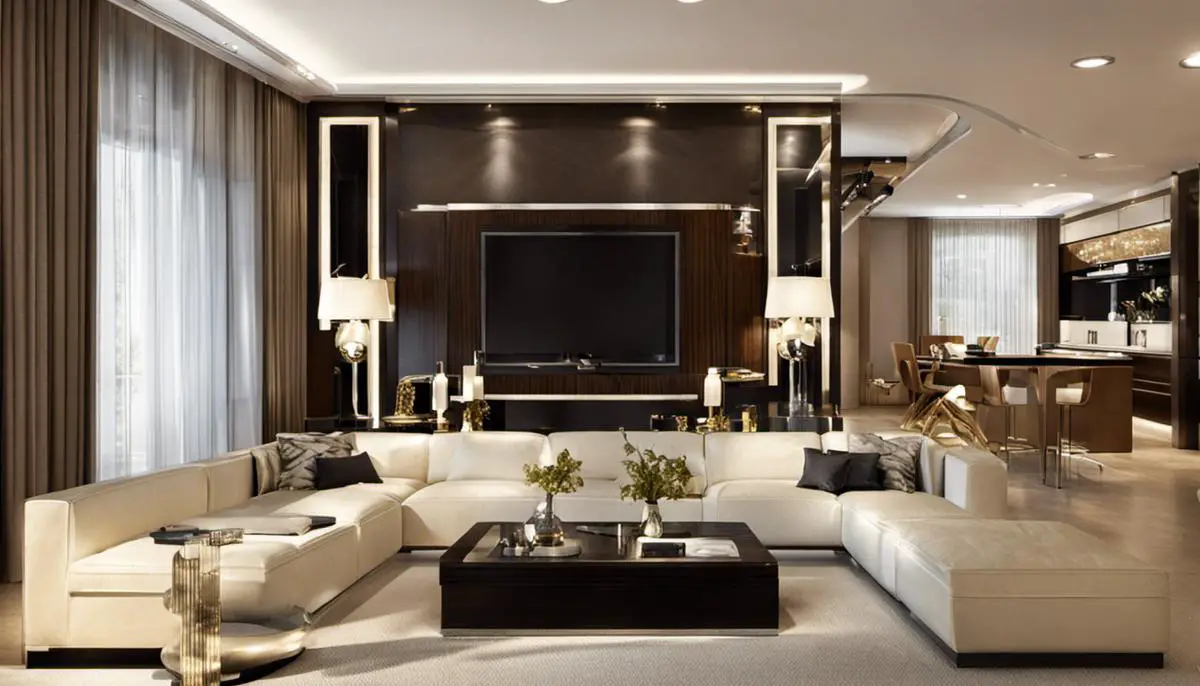
Leave a Reply